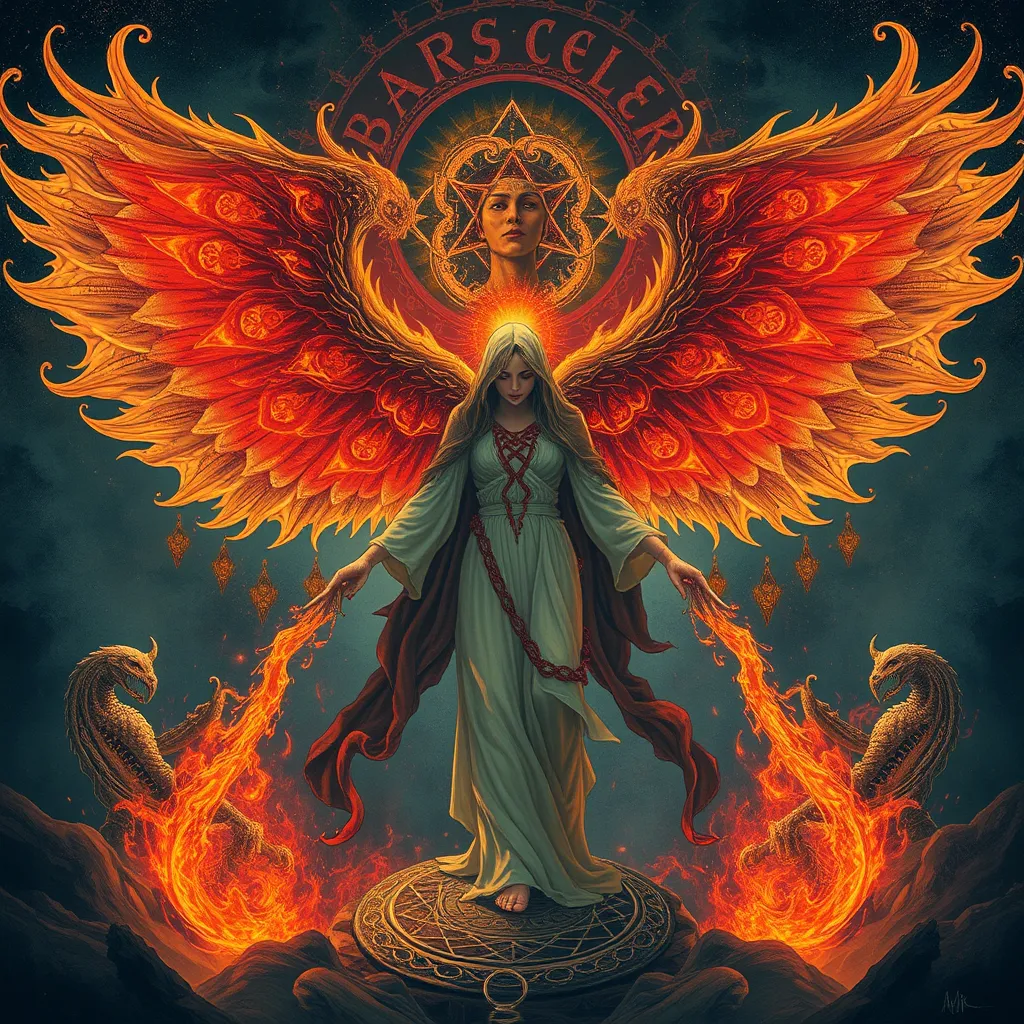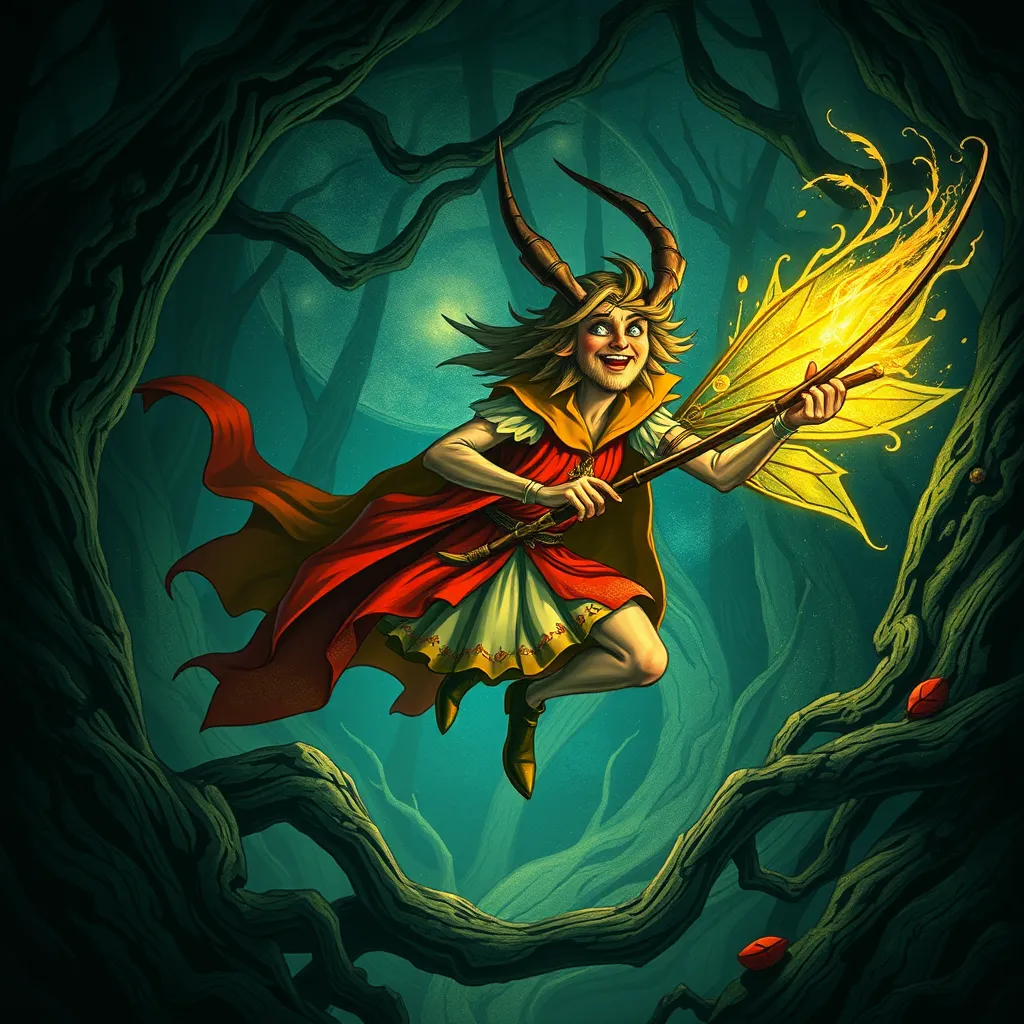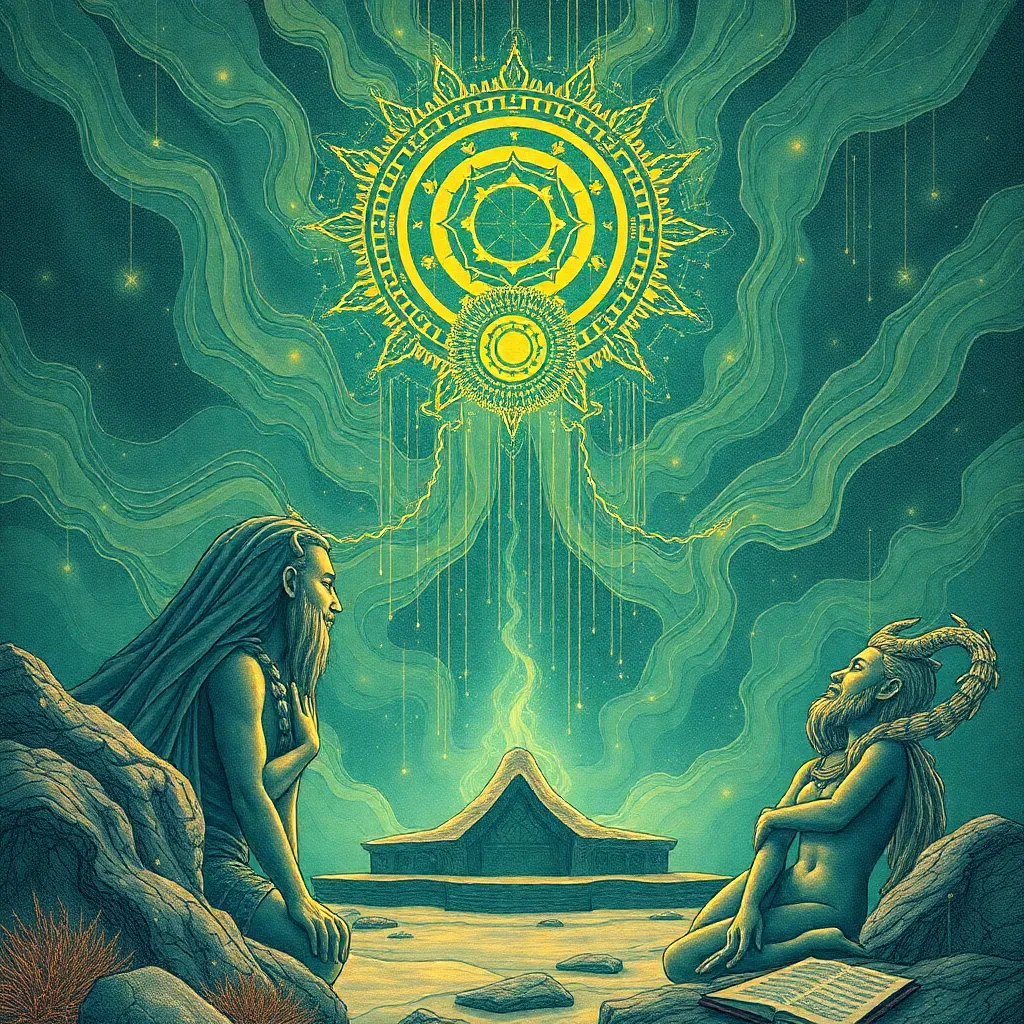The Banshee’s Symbolism: Interpreting the Myth Through a Modern Lens
I. Introduction
The Banshee, a haunting figure from Irish folklore, has captivated imaginations for centuries. Traditionally depicted as a woman whose mournful wail foretells death, the Banshee embodies the complex interplay of life, death, and the spiritual realm. As contemporary society grapples with themes of grief and loss, understanding the Banshee’s symbolism is increasingly important. This article aims to explore the multifaceted nature of the Banshee myth, examining its historical roots, cultural significance, and relevance in modern discourse.
II. Historical Context of the Banshee Myth
The origins of the Banshee can be traced back to ancient Irish folklore, where she is often associated with the Aos Sí, the spirits of the ancient Gaelic people. Initially, the Banshee was not merely a harbinger of death; she was also a protector of certain families, providing warnings of impending doom.
Over centuries, the Banshee myth evolved, influenced by social, political, and religious changes in Ireland. While her presence was once viewed as a sign of respect for the dead, the Banshee gradually became relegated to a fearsome figure that instilled dread in those who heard her wail.
- Origins: Linked to the Aos Sí, representing ancestral spirits.
- Evolution: Transitioned from guardian to ominous figure.
- Cultural Significance: Reflected societal attitudes toward death and the afterlife.
III. The Banshee as a Harbinger of Death
Traditionally, the Banshee’s wail is seen as an ominous sign, a warning that death is approaching. This interpretation goes beyond mere superstition; it symbolizes the deep-seated human fear of mortality and the grief that accompanies loss.
In folklore, her cry is often associated with specific families, suggesting a personal connection to the impending tragedy. This personalization of grief resonates in modern society, where loss can feel isolating and overwhelming.
- Traditional Interpretations: A warning of death linked to specific lineages.
- Symbolism of Death: Represents the inevitability of mortality.
- Modern Parallels: Reflects contemporary struggles with grief and loss.
IV. Gender and the Banshee: A Feminine Archetype
The Banshee is predominantly portrayed as a female figure, which raises questions about gender roles in folklore. Historically, women have been associated with the supernatural, often embodying both nurturing and destructive elements.
In examining the Banshee, one can see her as a complex archetype that symbolizes the multifaceted nature of femininity. She represents not only sorrow and mourning but also strength, as she confronts the realities of death head-on.
- Female Figure: Represents the duality of femininity—nurturing yet fearsome.
- Role of Women: Women in folklore often embody wisdom and power.
- Feminist Perspectives: The Banshee challenges traditional portrayals of women in myths.
V. The Banshee in Popular Culture
In contemporary literature, film, and music, the Banshee’s symbolism has been reinterpreted and adapted. Modern portrayals often emphasize her tragedy rather than her terror, reshaping her into a figure of empathy and understanding.
While traditional depictions focus on her role as a harbinger of death, contemporary culture tends to explore her as a symbol of grief and resilience, allowing for a deeper connection with audiences.
- Literature: The Banshee appears in various novels, often as a metaphor for loss.
- Film: Movies may depict her as a misunderstood spirit seeking solace.
- Music: Songs often explore themes of mourning and remembrance through her lens.
VI. Psychological Interpretations of the Banshee
The Banshee can also be viewed through a psychological lens, representing the subconscious fears related to death and the unknown. Her wailing may symbolize the internal struggles individuals face when confronting mortality.
In this sense, the Banshee serves as a powerful metaphor for anxiety and the human condition, prompting introspection about life’s fragility. Therapeutic storytelling and myth can provide avenues for processing these profound emotions.
- Symbol of the Subconscious: Represents deep-seated fears and anxieties.
- Fear and the Unknown: Embodies the universal fear of death.
- Therapeutic Perspectives: Myths can aid in emotional healing and understanding.
VII. The Banshee in Contemporary Spirituality
In modern spiritual practices, the Banshee has found new life as a figure of empowerment and transformation. Many contemporary spiritual movements embrace her as a symbol of transition, representing the cycle of life and death.
Through rituals and personal beliefs, individuals may invoke the Banshee’s spirit to navigate their own experiences of loss and grief, finding solace in her ancient wisdom.
- Modern Spirituality: The Banshee as a guide through transitions.
- Rituals: Incorporating her symbolism in ceremonies for healing.
- Relevance: The Banshee remains a potent symbol in today’s spiritual landscape.
VIII. Conclusion
The Banshee’s symbolism is rich and multifaceted, reflecting the complexities of human experience with death, femininity, and cultural narratives. As we reinterpret this ancient myth in a modern context, we uncover its continued relevance and significance.
Understanding the Banshee not only enhances our appreciation for folklore but also encourages deeper reflections on our own fears, losses, and the cyclical nature of life. The Banshee’s legacy endures, reminding us that myths have the power to evolve and resonate across generations.



